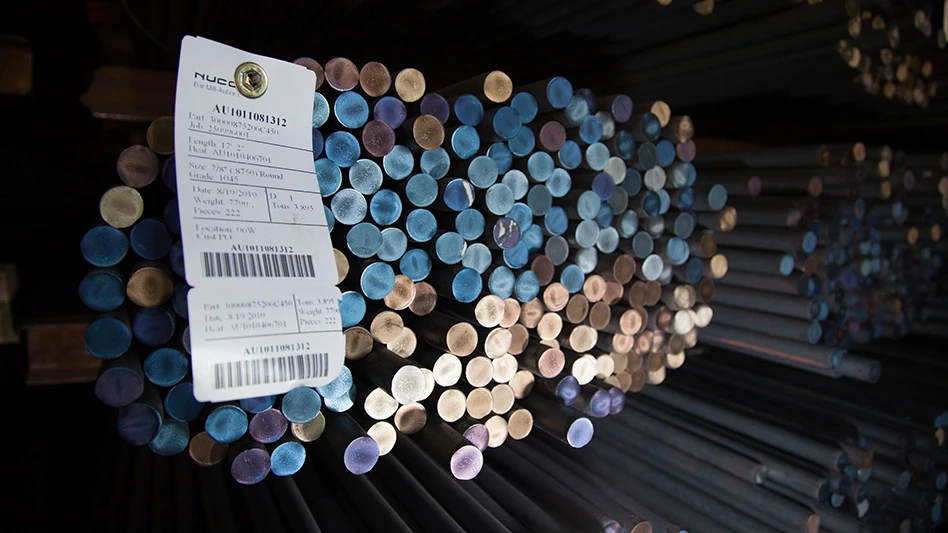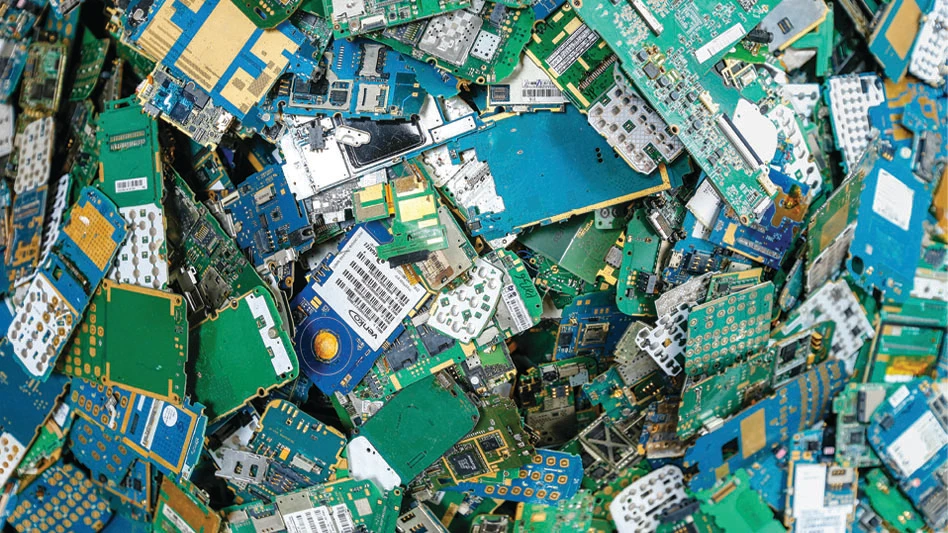Winter weather has created another challenge for nonferrous scrap recyclers in parts of North America, adding a disrupting element to tight copper, aluminum and stainless steel scrap supplies.
In early February, scrap recyclers continue to cite restricted supply as a foremost challenge. In a problem that has carried over from 2015, declining scale prices for each of the high-volume nonferrous metals has taken its toll on supply, with the bad weather adding more discouragement.
“Weather has impacted some generation, and material has been harder to find to fill our January and February orders,” says Matt Kripke, president of Toledo, Ohio-based brokerage firm Kripke Enterprises. “Segregated clips seem to be especially tough to find at the moment,” he adds.
Kripke says people are holding onto material, waiting for exchange prices to rebound. “I have spoken to a number of dealers that are piling up both copper and aluminum at these [price] levels,” he comments.

Jeffrey Mallin of Kansas City, Missouri-based wire and cable processor Mallin Cos. says he has witnessed sudden ups and downs in supply in early 2016 but characterizes overall nonferrous scrap flows as “slow to spotty.”
Dealers playing the wait-and-see game may be wearing down. “I believe smaller dealers are holding out for any rally and selling on spikes,” Mallin says. “This market deterioration has lasted longer than some expected, and small dealers need money.”
Scrap pricing continues to be buffeted by questions surrounding China’s economic prospects in 2016. Two different reports by a Reuters journalist who specializes in the metals sector provide theories as to how events in China are affecting pricing for copper and nickel.
In a late January 2016 report, Reuters columnist Andy Home says that while global demand for copper has taken a measurable hit because of China’s construction slowdown, continued demand for the red metal in other applications may soon offer renewed price support.
Home says China’s shift away from infrastructure and apartment tower construction “happened just as copper producers were unleashing a wave of new production to meet demand growth that is no longer there, swamping the world in surplus material.”
However, he writes that further analysis points to supply, demand and inventory factors that do not fit neatly into this narrative, including that China continued to import record amounts of copper (though not copper scrap) in 2015.
“This market deterioration has lasted longer than some expected, and small dealers need money.” – Jeffrey Mallin, Mallin Cos.
He also asks why if the world “is sinking” in surplus copper that is not reflected in London Metal Exchange (LME) inventories, which as of January were “hovering around one-year lows.”
In an article two weeks later, Home scrutinizes the nickel market in more bearish context.
Outflow of nickel plate from Russia to China is not matched by consumption in China or by listed inventories of such plate in Shanghai Futures Exchange (SHFE) warehouses, he contends.
Observers, Home writes, conclude “that the balance is sitting in bonded warehouses in Shanghai, where it is both available for SHFE delivery and being used as collateral in the shadow lending market.”

Explore the March 2016 Issue
Check out more from this issue and find your next story to read.
Latest from Recycling Today
- Nippon Steel acknowledges delay in US Steel acquisition attempt
- BASF collaborates to study mechanical plastic recycling
- Commentary: navigating shipping regulations for end-of-life and damaged batteries
- Haber raises $44M to expand to North America
- Canada Plastics Pact releases 2023-24 Impact Report
- Reconomy brands receive platinum ratings from EcoVadis
- Sortera Technologies ‘owning and operating’ aluminum sorting solutions
- IDTechEx sees electric-powered construction equipment growth





